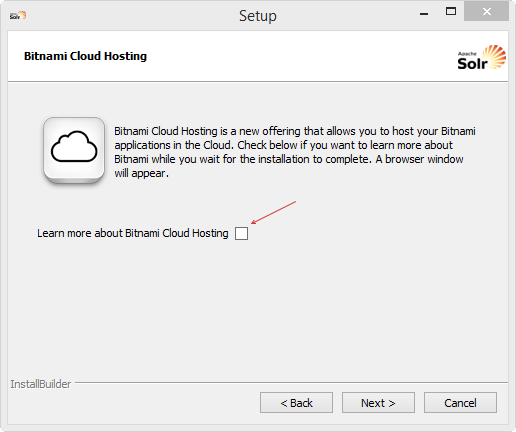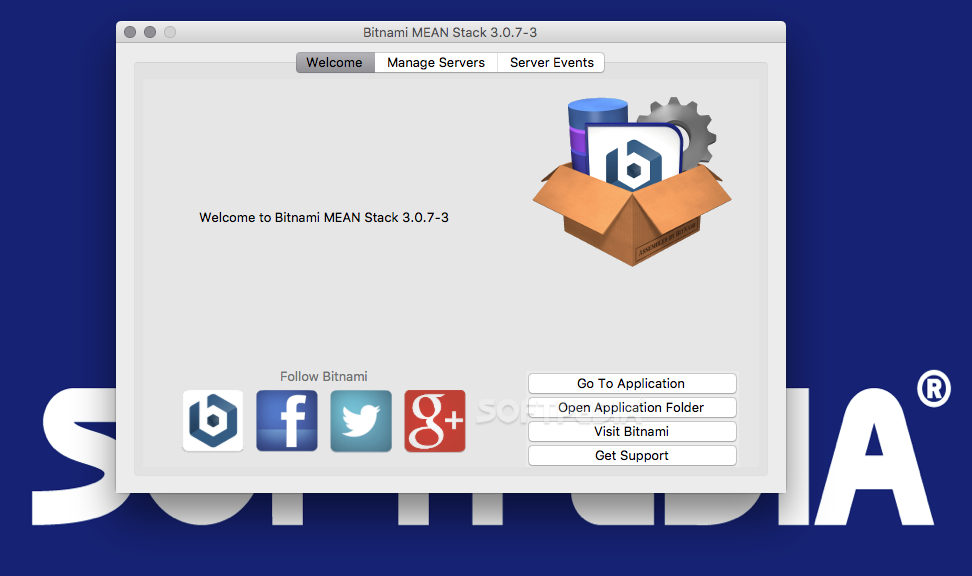

Bitnami mean stack apache httpd.conf install#
Check out mysite:9090 in your browser and you should see you files hosted from the DocumentRoot location.It’s a Bitnami WordPress Multisite install running on Amazon. Restart Apache and you should be good to go.
Bitnami mean stack apache httpd.conf windows#
In Windows this can be found in the system32/etc directory and in Linux, etc directory: To do this, you must edit your hosts file. This part is not, in my opinion, trivial and tripped me up a bit until I read an article indicating that it was required.įinally, the third piece of this puzzle is to tell your machine that localhost or 127.0.0.1 also points to your virtual host, mysite. Please note: In Apache 2.4 and newer, Require all granted should be used instead of Order allow,deny and Allow from all.Īlso note that I've added the default configuration here, as well. #for newer versions of Apache, see note below #NameVirtualHost *:9090 # this is deprecated in newer versions of apacheĭocumentRoot "/opt/lampstack/apache2/htdocs" They aren't all required, so the ones I've decided to not use are commented out: Note that I've used some of the fields but not others. This is where you'll need to add your directive configuration. Sudo vim /opt/lampstack/apache2/conf/extra/nf Using your favorite editor, open up the virtual hosts file nf and begin your configuration: Next we'll need to actually edit the file we are including in the main configuration file.

My bits that might be of concern are as follows (note that they appear in different locations in the file and aren't listed like this next to one another):ĭocumentRoot /opt/lampstack/apache2/htdocsįinally, before moving on to the next section, be sure to uncomment this line towards the bottom of your nf file: In my case, I usually configure Apache to listen on another port, so it's out of the way. In many cases, the port your server listens on will be 80, but if you are running another server or web application, this port might be in use. First, look over the ServerRoot, ServerName, the Listen port, the DocumentRoot and any other settings you might need to confirm or become familiar with. You will want to check a few things in this file. This can found in your Lampstack directory, eg, /opt/lampstack/apache2. The first thing you will need to do is edit your nf file. If you aren't using a basic Lampstack setup, I would consider the article referenced above and following those instructions, which take you through additional steps: configuring nf, sites-available, and running the a2ensite utility.

Let's explore a little of what I'm talking about. I thought using a simple server package like Lamp Stack from Bitnami would be a straight forward setup. I know, I know, most web server configurations are slightly different but it seems mine are always much different. Configure VirtualHost with Bitnami Lamp Stack on localhostīitnami Lamp Stack Apache Server Configuration with VirtualHost on UbuntuĪs is the case with many of my endeavors, I ran into some trouble setting up Virtual Hosts on my Apache server.


 0 kommentar(er)
0 kommentar(er)
